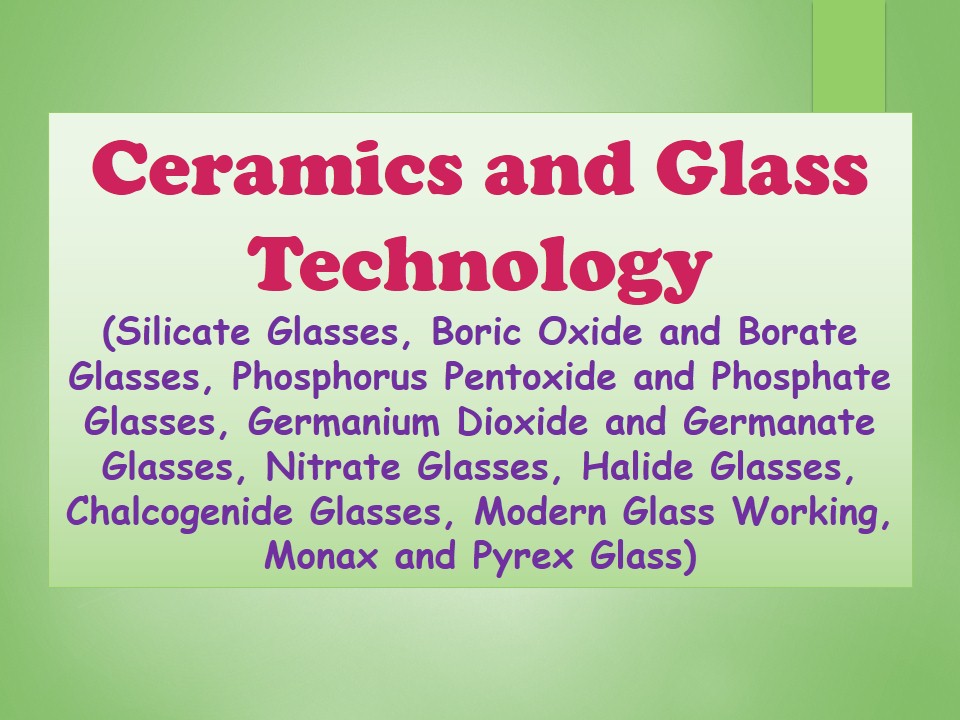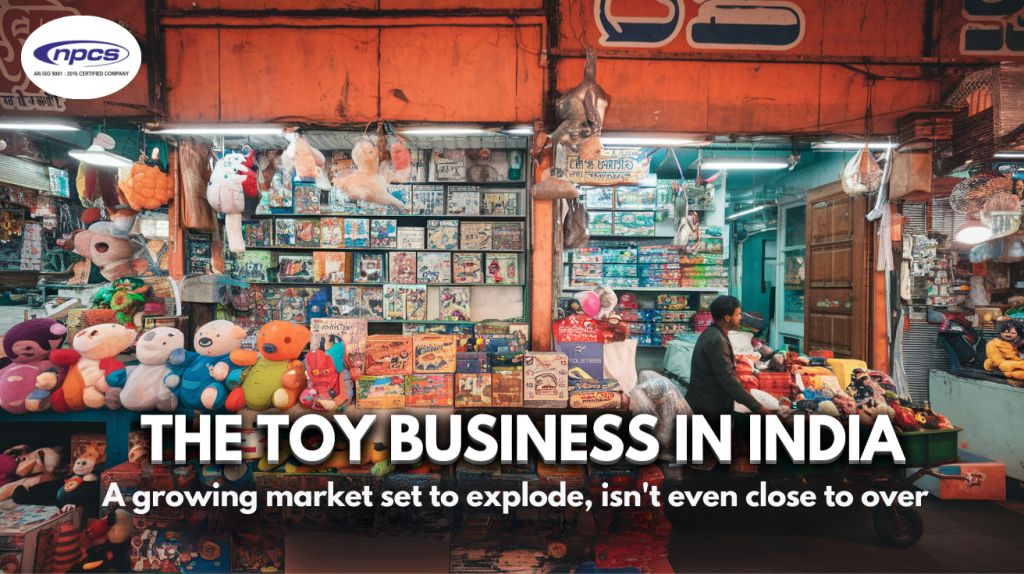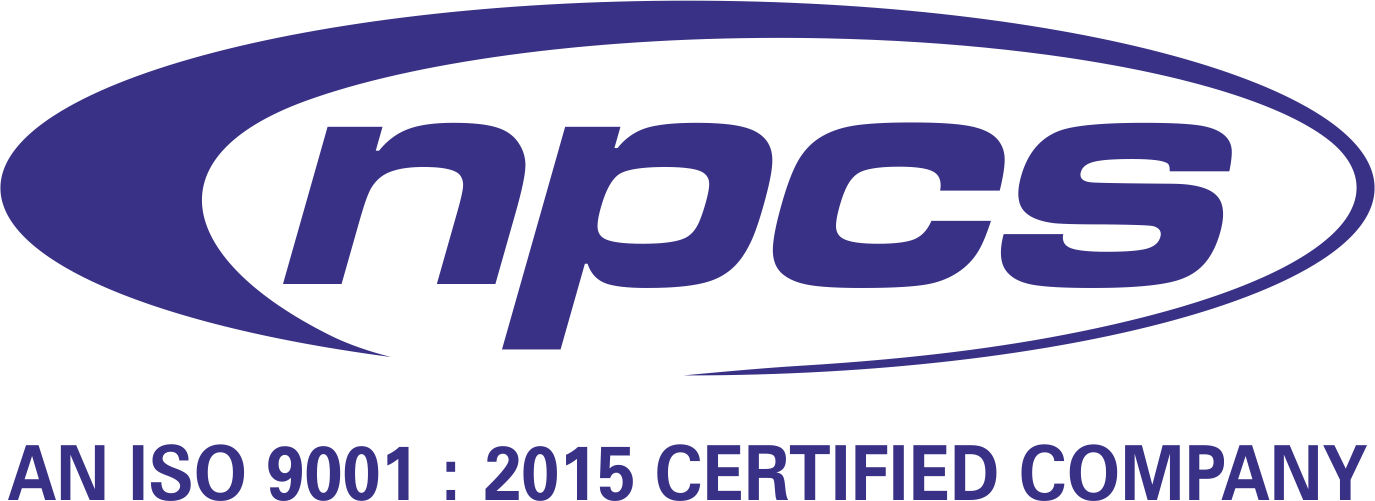
Glass-ceramics are mostly produced in two steps: First, a glass is formed by a glass-manufacturing process. The glass is cooled down and is then reheated in a second step. In this heat treatment the glass partly crystallizes. In most cases nucleation agents are added to the base composition of the glass-ceramic. These nucleation agents aid and control the crystallization process. Glass-ceramics are fine-grained polycrystalline materials formed when glasses of suitable compositions are heat treated and thus undergo controlled crystallization to the lower energy, crystalline state. It is important to emphasize a number of points in this statement on glass ceramics.
Technavio’s market research analyst predicts that the glass ceramics market will grow at a modest CAGR of just over 6% during the forecast period. Glass ceramics has helped the electronics industry build much smaller and highly efficient transistors, leading to advances in all types of devices. Ceramic devices and implants are also very much in demand by the medical industry. A number of surgeons prefer to use ceramic implants as they are very strong, resistant to corrosion and also bio-compatible.
Ceramic materials are widely used in building projects in commercial and industrial sectors as these materials effectively help reduce sound and are cost-effective compared to other materials. The glass ceramics of the CaO-Al2O3-SiO2 system show promise as construction materials. They are used for abrasion and chemically resistant parts or floor and wall tile in the chemical, mechanical, construction as well as heavy industries.
The technology of glass ceramics are now a day wide field involving a great variety of raw materials, manufacturing processes, as well as products, and of considerable diversity in theoretical background. The manufacture of traditional glasses and ceramics is based on the utilization of the most widely occurring natural raw materials. Glass is an inorganic product that is typically produced by melting a mixture of silica, soda and calcium compound with the desired metallic oxides that serve as colouring agents. The glass industry covers products such as silicate glasses, phosphate glasses, germanate glasses, halide glasses, nitrate glasses etc. Glass products are used widely in households, construction, laboratories and consumer items such as bangles, beads, pearls, etc. A ceramic is an inorganic, nonmetallic solid prepared by the action of heat and subsequent cooling. Ceramic materials may have a crystalline or partly crystalline structure, or may be amorphous (e.g., a glass). Because most common ceramics are crystalline, the definition of ceramic is often restricted to inorganic crystalline materials, as opposed to the noncrystalline glasses. Commercial application of glass ceramics are dinnerware, fine mesh screens, cookware, burner covers, semiconductor doping sources etc. The domestic glass industry is facing increasing competition in the global, as well as domestic markets. State of the art technology in manufacturing is becoming increasingly important in the industry. Modern technology and operations are replacing traditional methodologies in fibre glass composites. The demand for ceramic and glass products is growing globally with over 90 percent of the total demand for advanced ceramic materials coming from electronic goods and allied industries, thanks to the product ability to withstand extreme environmental conditions.
This book majorly deals with types of glasses, silicate glasses, boric oxide and borate glasses, phosphorus pentoxide and phosphate glasses, germanium dioxide and germanate glasses, titanate glasses, nitrate glasses, glasses based on water, halide glasses, modern glass working, monax and pyrex glass, electric welding, photo electric cells, glassy metals, analysis of glass, glass ceramics, ceramics as electrical materials, analysis of ceramics etc.
The technology of glass ceramics are now a day wide field involving a great variety of raw materials, manufacturing processes, as well as products, and of considerable diversity in theoretical background. The manufacture of traditional glasses and ceramics is based on the utilization of the most widely occurring natural raw materials. The efforts have been made to provide maximum and latest information about processing of glass and ceramics and their products in this book. This book is an invaluable resource for entrepreneurs, technocrats, manufacturers of glass and ceramic products, research scholars, technical institutions etc.
See more
Email:
Tags
applications of Ceramics, Best small and cottage scale industries, Boric Oxide and Borate Glasses, Business guidance for glass ceramics, Business Plan for a Startup Business, Business start-up, Ceramic and glass business, ceramic business ideas, Ceramic forming techniques, Ceramic Industry, Ceramic Material Manufacturing Methods, Ceramic processing, Ceramics and Glass Technology, Ceramics Based Profitable Projects, Ceramics Based Small Scale Industries Projects, ceramics business plan, Ceramics Forming Processes, Ceramics pottery Manufacturing, Ceramics Processing Projects, Ceramics Production Industry in India, Chalcogenide Glasses, Germanium Dioxide and Germanate Glasses, Glass & ceramics Business, Glass & ceramics Small Business Manufacturing, Glass and Ceramics, glass and ceramics industry, Glass and Ceramics Technology, Glass Based Profitable Projects, Glass Based Small Scale Industries Projects, Glass Ceramic Products, Glass Ceramics Industry, glass ceramics properties, Glass Forming & Processing, glass forming process, Glass Forming Technology, Glass making – Industry process, Glass Manufacture and Processing, Glass Manufacturing Process, Glass Processing Projects, Glass production, Glass Production Industry in India, Glass-ceramic materials, Glass-ceramics: their production, properties and potential, Great Opportunity for Startup, Halide Glasses, How to Start a Ceramic Business, How to Start a Ceramics Production Business, How to start a glass & ceramics business?, How to Start a Glass Production Business, How to start a successful glass ceramics business, How to Start Ceramics Production Industry in India, How to Start Glass Production Industry in India, Modern Glass Working, Modern Small and Cottage Scale Industries, Monax and Pyrex Glass, Most Profitable Ceramics manufacturing Business Ideas, Most Profitable Glass manufacturing Business Ideas, New small scale ideas in Ceramics Production industry, New small scale ideas in Glass Production industry, Nitrate Glasses, Phosphorus Pentoxide and Phosphate Glasses, Processing Glass and Glass-Ceramics, Production of Glass Ceramic, Profitable Small and Cottage Scale Industries, Profitable Small Scale glass ceramics manufacturing, Project for startups, Properties of Ceramics, Setting up and opening your glass & ceramics Business, Setting up of glass ceramics Processing Units, Silicate Glasses, Small Scale Ceramics Production Projects, Small scale Commercial glass & ceramics industry, Small scale glass & ceramics production line, Small Scale Glass Production Projects, Small Start-up Business Project, Start Up India, Stand Up India, Start your own business in ceramics, Starting a Ceramic Business, Starting a Ceramics Production Business, Starting a Glass Production Business, Start-up Business Plan for glass & ceramics, Startup ideas, Startup Project, Startup Project for glass & ceramics Industry, Startup project plan
Contact Form
[contact-form][contact-field label=’Name’ type=’name’ required=’1’/][contact-field label=’Email’ type=’email’ required=’1’/][contact-field label=’Country’ type=’text’ required=’1’/][contact-field label=’Mobile’ type=’text’/][contact-field label=’Website’ type=’url’/][contact-field label=’Comment’ type=’textarea’ required=’1’/][/contact-form]





